Statement I
“Truman State University/The Student Government acknowledges that the events and activities of Truman State University/The Student Government take place on the ancestral land of the Ioway, Missouria, and Otoe peoples, which was ceded in the Treaty of 1824. We recognize the diverse culture and lives of Indigenous communities who live here now, and those who were forcibly removed from their homelands. In this acknowledgement, we honor and affirm Indigenous culture, history, and experiences.”
Statement II
“Truman State University occupies the ancestral land of the Ioway, Missouria, and Otoe peoples, which was ceded in the Treaty of 1824.”
-
- Land acknowledgement is consistent with Truman State University’s vision of ensuring that students have an “empathetic understanding of human experiences at home and around the world.” We encourage the reading of this statement prior to campus events and in relevant publications.
- What is land acknowledgement?
-
-
- Land acknowledgement is a statement used to recognize Indigenous histories and presence in their traditional homelands.
-
- Why do we use land acknowledgement statements?
-
-
- “Acknowledgment by itself is a small gesture. It becomes meaningful when coupled with authentic relationships and informed action. But this beginning can be an opening to greater public consciousness of Native sovereignty and cultural rights, a step toward equitable relationship and reconciliation.”… “Acknowledgment is a simple, powerful way of showing respect and a step toward correcting the stories and practices that erase Indigenous people’s history and culture and toward inviting and honoring the truth.” (U.S. Department of Arts and Culture).
-
- When and how should you use a land acknowledgement statement?
-
- Truman State University community members are encouraged to use a land acknowledgement statement in written publications and event introductions.
- Faculty may choose to incorporate a land acknowledgement statement into their class syllabus.
